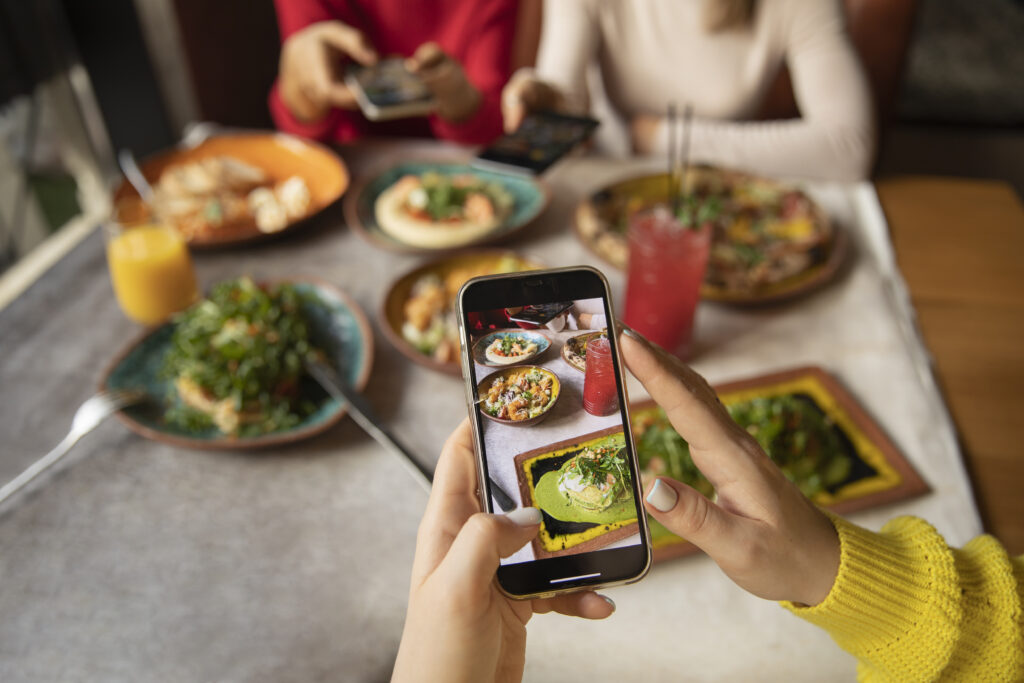How Do You Run Instagram Ads for Restaurants?
Maria, a PAYS client and friend of our employees, owns a restaurant. One Tuesday at 11 PM, she tearfully called Alex, a PAYS employee.
“I’m done,” she said. “Eight customers tonight. Eight! My rent’s $4,800 and I served eight people.”
Her little Italian place downtown had been struggling for months. The crazy part? She’d been dumping money into Instagram ads, posting these gorgeous photos of her food, even hired some social media consultant who promised her the moon.
Nothing was working.
Fast-forward four months, and I can barely get a reservation there on weeknights. Last Saturday she had to turn away walk-ins. What changed? She finally figured out how to run Instagram ads that work for restaurants.
I’m going to tell you exactly what she did wrong, what she fixed, and why her place is now packed every night.

She Was Advertising to All the Wrong People
Maria’s first problem was thinking “more eyeballs = more customers.” Total rookie mistake.
She set her ads to target anyone within 10 miles. Anyone! College kids with $47 in their bank accounts were seeing her $32 veal marsala ads. Seniors on fixed incomes got hit with promotions for her $18 cocktails. It made zero sense.
I sat down with her one afternoon and we went through her actual customers – not who she wanted, but who actually showed up and spent money. Turns out her bread and butter wasn’t random people. It was:
- Couples in their 30s and 40s
- Families making decent money (we’re talking 70K+)
- People who live close enough to become regulars
- Folks who actually appreciate good Italian food (not Applebee’s Italian)
When she narrowed her targeting to just these people within 3 miles, her cost per click dropped from $2.80 to 90 cents overnight. Same budget, way better results.
Sometimes less really is more.
Her Food Photos Were Putting People to Sleep
Look, Maria takes beautiful pictures. Her carbonara looked like it belonged in Food & Wine magazine. The problem was, so did every other restaurant’s carbonara on Instagram.
People see thousands of perfect food shots every day. They scroll right past them without thinking twice.
So we tried something different. Instead of those sterile, perfect photos, Maria started showing the chaos behind the scenes:
Before vs. What Actually Works:
The Boring Stuff She Posted | The Real Stuff That Got Results |
Perfect plate of spaghetti on a white table | Video of her making pasta from scratch, flour everywhere |
“Delicious tiramisu available tonight” | Story about her nonna’s recipe and why she won’t use store-bought mascarpone |
Pristine dining room shots | Customers laughing, wine glasses clinking, actual life happening |
Bland “come eat with us” captions | “Table for two at 7:30 – call now or cry later when we’re booked” |
Her most successful ad ever wasn’t even professionally shot. It was Giuseppe, her chef, explaining why he gets so mad when people put cream in carbonara. Shot on her iPhone, terrible lighting, but you could feel his passion through the screen.
That little rant brought in 47 new customers in one week.
People don’t want perfection. They want real.
Timing Is Everything (And She Was Getting It All Wrong)
Maria used to post whenever she remembered. 9 AM while drinking coffee, 2 PM during the lunch lull, 8 PM after service. Random as hell.
Then we started tracking when people actually think about dinner. Not when it’s convenient for her to post, but when potential customers are planning their night.
Turns out there are three magic windows:
When People Actually Make Dining Decisions:
- 10:45 AM (lunchtime planning while they’re getting hungry at work)
- 4 PM (the “what’s for dinner tonight?” panic starts kicking in)
- Thursday evenings (weekend planning mode)
Her Thursday posts about weekend specials started absolutely crushing it. People would see her Sunday sauce special while they’re already thinking “what should we do this weekend?”
Restaurant social media marketing isn’t just about posting food – it’s about catching people when they’re already hungry and trying to figure out where to eat.
Let Real Customers Sell for You
This was the game-changer, and honestly, I can’t believe more restaurants don’t do this.
Instead of Maria telling everyone her risotto was amazing, she let her actual customers do the talking.
She started this simple thing: post a photo at her restaurant, tag the location, get a free dessert next visit. That’s it.
But here’s where it gets smart – she took those real customer posts and promoted them as ads.
Think about scrolling Instagram and seeing your coworker Dave posting about the “best date night ever” with a picture of that exact pasta dish you’ve been craving. That’s way more powerful than any restaurant telling you their pasta is good.
Maria’s customer posts got shared three times more than her professional content. People trust other people, not businesses trying to sell them stuff.
Instagram marketing for restaurants works best when it doesn’t feel like advertising at all.
Create Offers People Can't Ignore
“Visit us today!” doesn’t work. Neither does “Try our delicious food!” That’s not an offer, that’s just begging.
People need a real reason to choose your place over the dozen other restaurants they could hit tonight.
Maria tested tons of different promotions. Most bombed. But when she hit the right ones? Holy shit.
The Offers That Actually Worked:
- “Bring your worst enemy to dinner – we’ll make you friends again. Two entrees for $39 tonight only.” (Sold 31 dinners in 5 hours)
- “Learn to make gnocchi like Giuseppe’s nonna + eat a 4-course dinner: $55, only 12 spots” (Sold out in 18 hours)
- “It’s Tuesday and you’re tired. Wine + pasta + tiramisu for $28. You deserve it.” (Became her signature Tuesday deal)
The key wasn’t just discounting everything. It was creating experiences people wanted to tell their friends about.
That gnocchi class? Every single person posted Instagram stories while they were there. Free advertising to all their followers.
Stop Caring About Likes, Start Counting Money
For months, Maria got excited every time a post hit 200 likes. “Look how much engagement we’re getting!” she’d say.
Meanwhile, her bank account was crying.
She finally started tracking what actually mattered:
- Cost per customer from Instagram ads (she aims for under $12 now)
- How much those customers actually spent (average is $142 per group)
- Whether they came back (38% become regulars within two months)
Once she could see the real numbers, everything clicked. She stopped chasing viral posts and started running ads that filled seats.
Restaurant Instagram advertising only matters if it pays your rent.
Here's What Really Happened
Maria went from eight customers on a Tuesday to having a two-week waitlist for weekend dinners.
She now spends $750 a month on Instagram ads instead of the $180 she was wasting before. But those $750 bring in an extra $12,300 in monthly revenue.
Do that math – it’s pretty good.
The best part? Her restaurant has energy again. Full restaurants create their own buzz. Happy customers bring friends. It snowballs.
Look, running Instagram ads for restaurants isn’t some mysterious art form. But it’s not as easy as “post pretty food pictures and pray for customers” either.
You need to know exactly who you’re talking to, catch them when they’re making dinner plans, and give them a reason to choose your place tonight instead of ordering DoorDash again.
Want to stop burning money on ads that don’t work? Pick one type of customer who actually spends money at your restaurant. Create one irresistible offer for next week only. Target them within walking distance of your place.
Then see what happens.
Your biggest problem might become having too many reservations to handle.
FAQs
Restaurant owners are terrified of wasting money on ads that don't work. They need to know exactly how much to budget before they'll even consider starting Instagram advertising. This question gets thousands of searches monthly from restaurant owners trying to plan their marketing budgets.
Restaurant owners see competitors posting beautiful food photos with zero results, so they're desperately searching for what actually converts viewers into paying customers. They know content is everything but don't know what works.
Most restaurant owners start by targeting "everyone nearby" and burn through their budget fast. Once they realize targeting is crucial, they frantically search for who they should actually be advertising to for maximum ROI.

